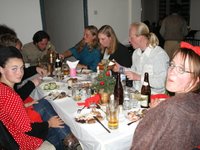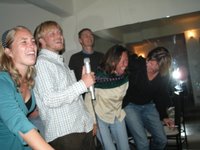Though Nepal no longer is the world’s only Hindi Kingdom, now that the King has lost power, the parliament has still just decided to keep the cow as the national animal – despite strong protests from the Maoists.
If you kill this holy animal it will by the law be considered manslaughter and you can end up spending many years in jail. However, mostly it will be enough to pay a huge fine. For many people here it is not possible to pay and instead the “killer” will run away from the crime scene.
If you kill this holy animal it will by the law be considered manslaughter and you can end up spending many years in jail. However, mostly it will be enough to pay a huge fine. For many people here it is not possible to pay and instead the “killer” will run away from the crime scene.
 This was exactly what happened today on my way to work. In the middle of the road was a half dead cow laying and around it many excited people, who told me, that a jeep had hit the cow and then driven off.
This was exactly what happened today on my way to work. In the middle of the road was a half dead cow laying and around it many excited people, who told me, that a jeep had hit the cow and then driven off.With a huge cow in the middle of the cow a long line of cars was quickly formed on both sides of the road. Had the police stepped in and done their job it would not have been a problem, but it is not that easy in Nepal. I several times told a police officer to do his job, but he obviously did not what it was.
When a Nepali bus driver sees a line of cars in the road he does not stop but instead he goes to the opposite lane and drives to the beginning of the line to see, what is going on. This happened on both sides of the cow and created a big traffic chaos. I sat for a while looking at the madness having a laugh, but also realised that I would have to get into the ga
 me - otherwise I would have been stuck there for several hours.
me - otherwise I would have been stuck there for several hours.Well, there certainly isn’t much logic on the roads of Nepal. In this situation I do not understand why they didn’t kill the cow (who was in so much pain) and pulled it to the side, so that the traffic could move on – but in this country there are many unanswered questions. Despite the madness and the fact that I came to work late, it is episodes like this that makes Nepal an interesting country to live in – you never know what is around the corner!
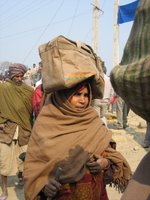

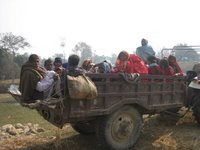

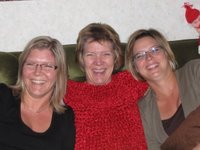
 Christmas at home was just as nice and relaxing as expected. Naturally, I ate too much food and candy joined by too many beers and glasses of wine and too little exercise – but since it is once Christmas once a year, so it is allowed…..
Christmas at home was just as nice and relaxing as expected. Naturally, I ate too much food and candy joined by too many beers and glasses of wine and too little exercise – but since it is once Christmas once a year, so it is allowed…..



